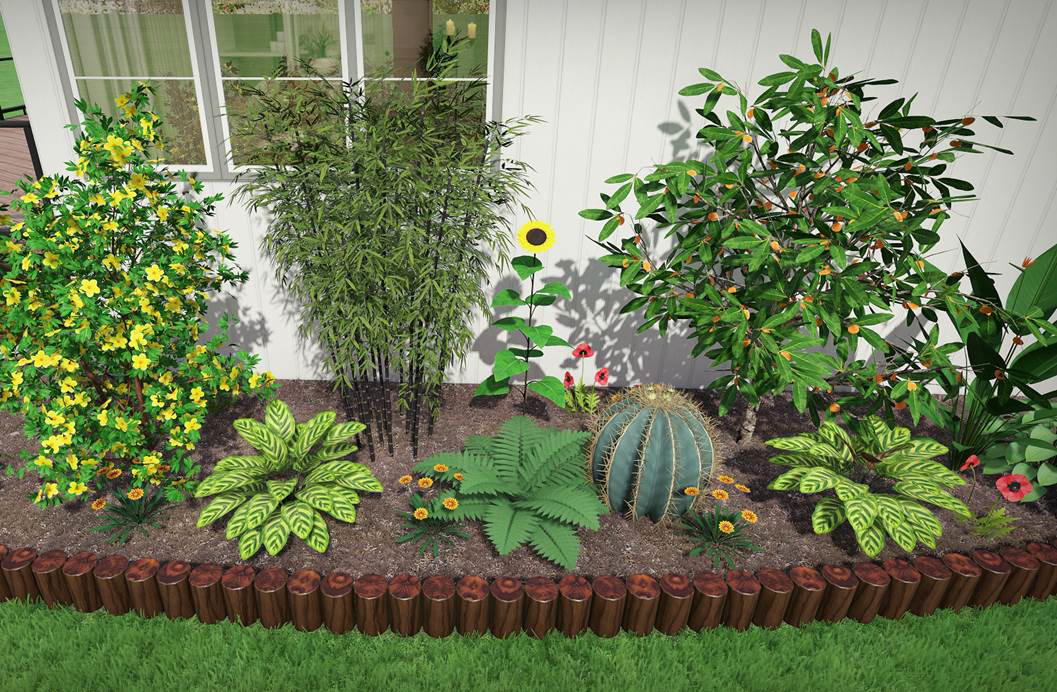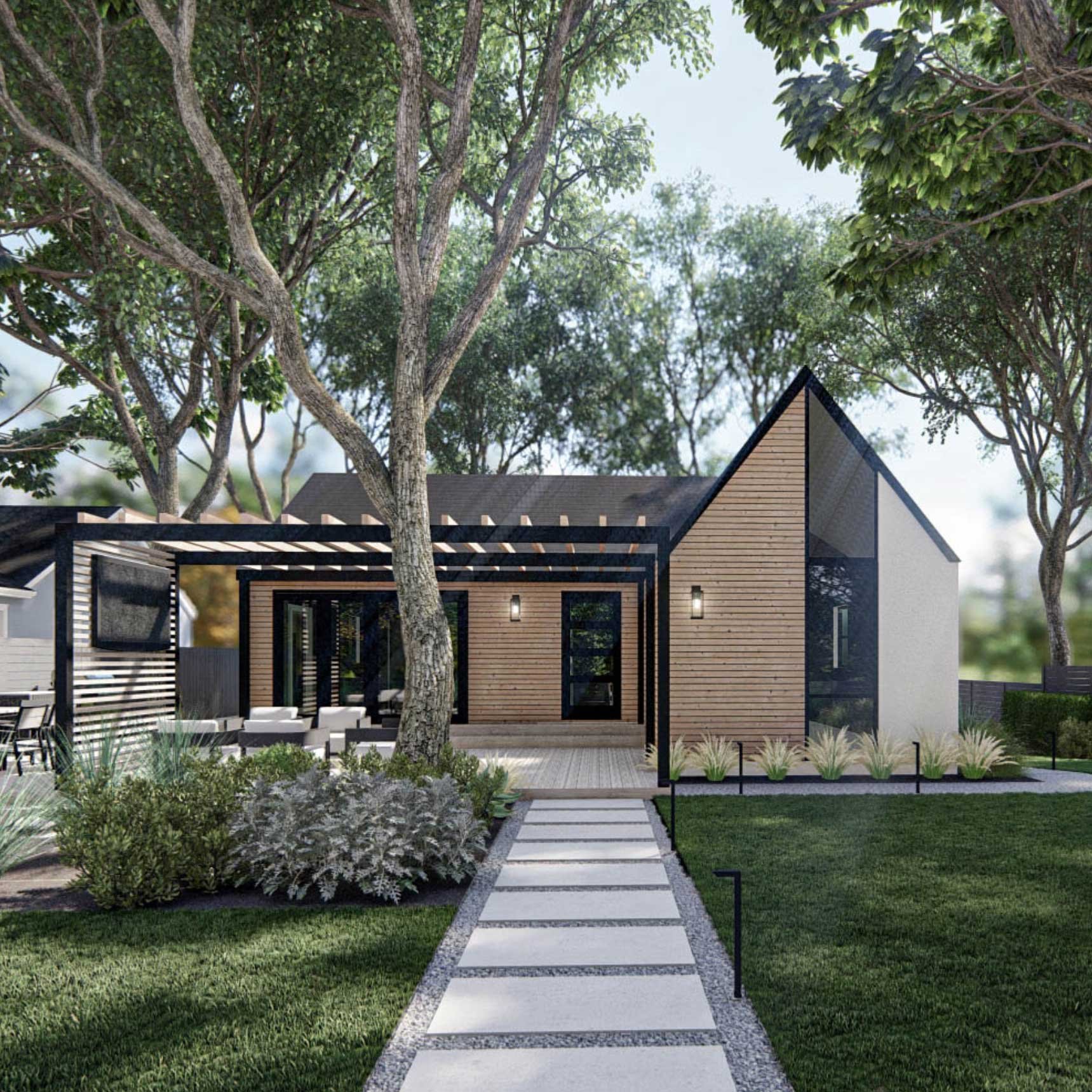The Main Principles Of Landscapers
The Main Principles Of Landscapers
Blog Article
The Only Guide for Landscapers
Table of ContentsFacts About Landscapers UncoveredSome Known Factual Statements About Landscapers Examine This Report on LandscapersSome Known Facts About Landscapers.6 Easy Facts About Landscapers DescribedLittle Known Questions About Landscapers.
- A yard function where water is stood for by an aggregate stone product, normally a crushed rock or granite. These are most frequently found in contemporary and Japanese garden design.- A stone or natural flagstone outdoor patio, path, or walkway constructed without a concrete base. The base would certainly be compressed crushed rock and the joints would be an accumulation or walkable ground cover. - A rock maintaining or totally free standing wall developed without the usage of mortar. - A below ground framework that accumulate water and enables it to reduce percolate into the soil around it.
Landscape style that is compatible with a websites' atmosphere in both look and sustainability without unfavorable effects to the environment. Bordering in the landscape is a line of demarcation that develops visual interest in the garden by dividing one segment from one more sector. This can be aesthetic or practical, keeping one aspect (such as pea gravel) from getting combined into one more (like bark dust).
Locations can also have a feeling of "room" given by trees, other plantings, fencings, or screens. The landscape near the entry to a structure.
The Best Guide To Landscapers

The aspect in a landscape layout or area in a landscape that is meant to be most popular. The prime focus can be a plant, rock, sculpture, collecting room, or various other landscape function. A style of gardens or yard components that emphasize straight lines, ideal angles and circles. Bushes or bushes situated in beds near the foundation of a home or other structure.

A Biased View of Landscapers
Low plants that are permitted or urged to spread over a location. Can refer to any kind of "tough" yard components consisting of statuary or rocks yet most typically is made use of to refer to paths, patio areas, and walls - Landscapers.: Height distinction in between the degree of water in a pond (or the level of the pump if it rests outside the pond) and the top electrical outlet of water which affects efficiency of the water pump in gph (gallons per hour).
A Your Domain Name chemical utilized to control weeds. Fencing boards that run horizontally, commonly made use of in modern or Japanese-inspired landscape designs. Lines that define areas within a landscape principle. These commonly prolong from edges or key features of an existing structure. Appropriate usage of imaginary lines can assist the landscape feel attached to the home and other elements.
An even more kicked back garden controlled by rounded instead than straight bed lines and a less inflexible framework. Standard PNW landscapes are casual. A plant that spreads out greater than wanted, or into habitats where it does damage. Rose city has a checklist of invasive plants that should not be mounted in landscapes because they can infect forests or waterways and be hard to manage.
Some Known Factual Statements About Landscapers
Smart irrigation controller testimonials and referrals here. 2-D making of the proposed irrigation system. Can include head placements and protection, pipeline sizing, GPM specifications, and materials needed to mount this system. A watering strategy is usually unneeded for domestic buildings but prevails for industrial projects. Certified specialist that designs landscapes, educated in engineering and design as well as in cultivation.
The specialist that plans and develops landscape jobs, normally at a property or little business level with the significant layout motivation on plantings. Landscape designers commonly have less schooling than Landscape Architects and are not certified. A completed landscape layout, outlining all aspects for the brand-new landscape. This generally takes the kind of a drawing on paper.
Calcium product made use of to raise the pH in soil, which will make it less congenial to moss (Landscapers). A water tight HDPE material made use of beneath fish ponds, streams and waterfalls in water features. Utilizing several growings of the straight from the source exact same selection to fill out an area in the landscape. This can reduce upkeep and water use in the garden.
A mix of cement, sand, and water that is made use of in rock stonework for establishing rocks and joints. A layer of garden compost or bark dirt applied at the base of a plant. A mass planting of moss. A plant that existed in a geographical place before people began altering the landscape.
The 3-Minute Rule for Landscapers
Just how the garden or a yard element is arranged in relationship to an existing or new attribute or to an instructions. Preserving a lawn without using chemical herbicides, pesticides, or plant foods. Yards that are not cut yet grown in landscapes as perennials. This is a partly open sided relaxation or leisure location that joins a house, used for enjoyable, exterior dining and simply enjoying the exterior atmosphere.

Plants that give seasonal rate of interest and after that pass away back in the wintertime. Cold period grass that is the most usual lawn grass in Rose city, OR and the rest of the PNW.An open roofed framework over an outdoor patio or other landscape attribute.
The most common landscape gravel in the PNW. Area of the landscape designed to manage rain water up until it can saturate into the ground.
Structure constructed from wood, concrete, leading rocks, bricks or various other materials for maintaining inclines and protecting against excessive erosion. Narrow watercourse. Developing a yard feature being composed largely of stones with growings that complement and can thrive in the rocky environment. Sprinkler head design that turns a stream of water throughout a location.
Examine This Report about Landscapers

Report this page